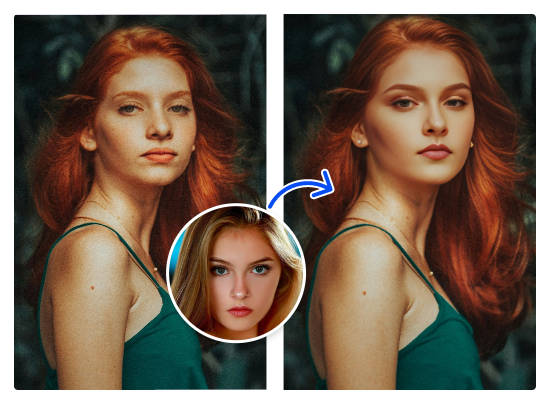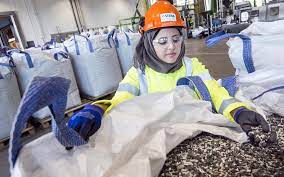
The Growing Impact of Free Deepfake Makers: A Professional Overview
In recent years, advancements in artificial intelligence have ushered in a wave of new technologies that are transforming industries, communication, and creativity. One of the most intriguing yet controversial innovations is the deepfake—a technology that enables users to create highly realistic videos, images, or audio clips using AI. Free deepfake makers, in particular, have made it possible for almost anyone with basic technical skills to create digital content that can convincingly simulate real people or scenarios.
What is a Deepfake?
A free deepfake maker is a type of synthetic media where a person’s likeness, voice, or even body movements are replaced or altered using deep learning techniques. These AI-generated forgeries can be incredibly realistic, mimicking human expressions, speech patterns, and movements with astonishing accuracy. While deepfake technology was originally used for entertainment and creative purposes, it has gained attention for its potential misuse in misleading or fraudulent content.
Rise of Free Deepfake Makers
What was once the domain of highly skilled developers and computer scientists is now accessible to the general public. The development of free deepfake maker tools has significantly lowered the barrier to entry, allowing more people to experiment with the technology. These platforms typically offer user-friendly interfaces that enable anyone to swap faces in videos or create synthetic audio, without the need for programming skills or advanced computing hardware.
While these tools offer creative opportunities, they also come with challenges. On one hand, they empower content creators to generate imaginative, fun, and innovative media. On the other, the misuse of deepfakes can raise ethical concerns, particularly when it comes to issues such as privacy invasion, misinformation, or the creation of harmful content.
The Dual-Edged Sword of Accessibility
The democratization of deepfake technology through free software has sparked a broad debate over its implications. The accessibility of these tools poses risks in areas such as cybercrime, identity theft, and disinformation. However, there are also legitimate uses of deepfakes in entertainment, advertising, and education.
Professionals in the fields of digital media and technology are now focusing on finding a balance between innovation and responsibility. The challenge is in creating frameworks and technologies that can detect and prevent malicious deepfakes while still allowing for creative uses in a controlled, ethical environment.
Conclusion
Free deepfake makers represent a powerful tool with wide-reaching implications. As the technology continues to evolve, it’s crucial to foster awareness, responsible usage, and safeguards to ensure that deepfakes serve constructive purposes rather than harmful ones.



